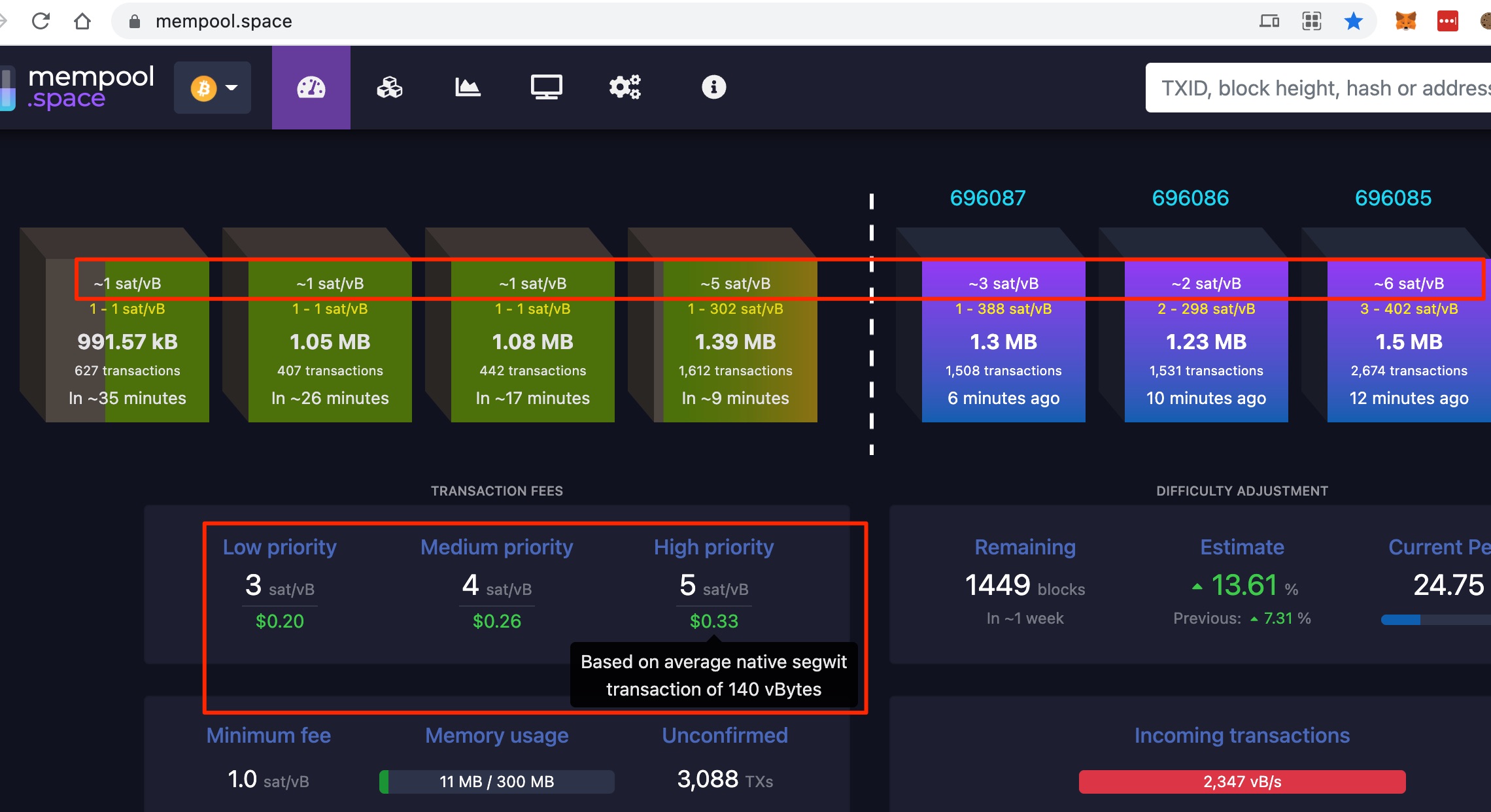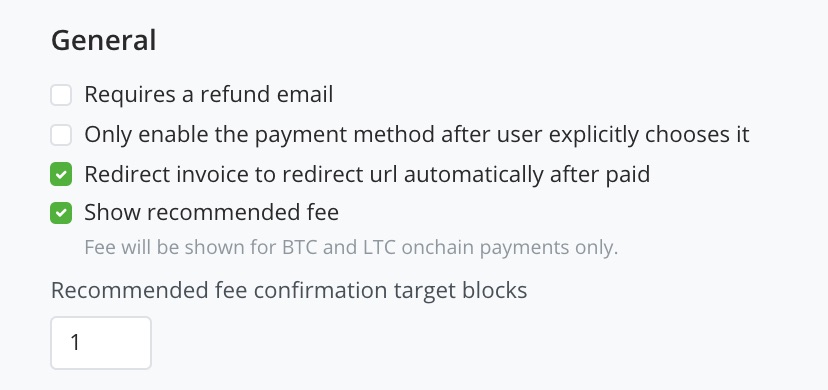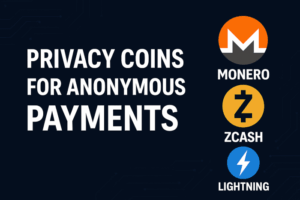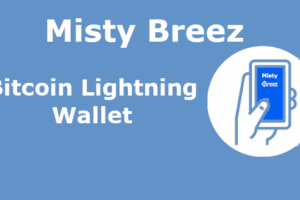What is the Bitcoin transaction fee when paying with Bitcoin?
A Bitcoin payment incurs costs in the form of a Bitcoin transaction fee.
The Bitcoin transaction fee is paid by the payer, i.e. the customer.
For the recipient of the payment, the merchant, a Bitcoin payment is free of charge.
A Bitcoin transaction fee therefore contrasts with payment methods such as PayPal and credit card, where the merchant bears the cost of processing the payment.
How is the Bitcoin transaction fee calculated?
A Bitcoin transaction fee results from the following components:
- Bitcoin payment file size
- Speed of the Bitcoin transfer
- Bitcoin exchange rate
As we have already learned, a Bitcoin payment is free of charge for the merchant. But it is not insignificant for a trader to know what costs his own customers have to pay.
As a merchant, you have the opportunity to pass the costs saved compared to other payment methods back to your customers as a discount.
Bitcoin payment file size
For payment by Bitcoin, the payer has to pay this Bitcoin transaction fee, the amount of which is based on the size of the file and the priority.
A Bitcoin transaction fee is not based on the amount to be paid, but on the size of the file.
The average file size across all payments is 225 bytes. Payments via Segwit have an average file size of 140 bytes.
As a payer, it is advisable to use a Bitcoin wallet that supports the Segwit transfer protocol, and as a merchant, you should make sure that Segwit payments are accepted.
Segwit Bitcoin addresses start with a 3 or with bc1. The so-called legacy addresses start with a 1 and require the largest file size and therefore the highest Bitcoin transaction fees.
Bitcoin transaction fees are denominated in Satoshi (Sat). Satoshi is the smallest Bitcoin unit and 1 Sat is equal to 0.00000001 BTC
The transaction fee is shown in sats per byte (sat/vB).
Speed of the Bitcoin transfer
In order for a Bitcoin payment to be confirmed, it is necessary for this transaction to be written and confirmed in a block.
Space in a block is limited and so a kind of auction takes place to gain a coveted place in a block.
There are usually three different charges for payments with a low priority, a medium priority and a high priority.
A payer who cares that the payment is executed and confirmed quickly is willing to pay a higher fee than a payer who is not in such a hurry.
This payer will be willing to pay the high priority fee to confirm the transaction already with the next block.
The payer of a Bitcoin payment can theoretically determine himself which transaction fee he is willing to pay. To find out which transaction fee is currently charged at the time of payment, you can get an overview on the website https://mempool.space/.

From this view we can see that in block 696087 (blue) the average transaction fee was 3 sat/vB.
The blocks shown in green symbolise the transactions waiting to be confirmed. This waiting area is called a mempool.
To get a seat in the next block, a transaction fee of 5 sat/vB (high priority) must be paid.
With an average file size of 225 bytes, the
Transaction Fee 225 x 5 rate/vB = 1.125 rate.
Bitcoin exchange rate
If you want to know how much this transaction fee is in a fiat currency such as $ or €, you have to convert it with the current Bitcoin exchange rate.
However, the provider Mempool Space makes it easy for us and displays the amount in $ for us. In this case, a Segwit Bitcoin transaction with the highest priority would be $33 cents.
Significance of the Bitcoin Transaction Fee for Merchant
Anyone making a payment from their Bitcoin wallet cannot specify the exact fee amount. As a rule, Bitcoin wallets send a Bitcoin payment with the highest priority and therefore with the highest fee.
In August 2021, when this post was written, the transaction fees are very moderate. But these fees can quickly jump up as demand for bitcoin increases.
As a merchant, the Bitcoin transaction fee does not play a role in payment processing. It only becomes relevant if the incoming Bitcoin payments are to be forwarded to another Bitcoin address.
This is the case, for example, when bitcoin is sent directly to a bitcoin exchange to be exchanged for fiat currency.
However, the Bitcoin transaction fee is indirectly significant for a merchant.
Since the cost of payment processing is borne by the customer, a customer may not care how quickly a Bitcoin payment is confirmed on the Blockchain.
If the customer chooses a low priority to keep the cost of Bitcoin payment processing low, it may take time for the incoming Bitcoin to be credited to the merchant wallet.
As a merchant, you ask yourself when you are considered to have successfully completed a Bitcoin payment to a customer.
If it is a digital good with a low price, it is recommended that delivery of the digital product or access to the service is already granted when the payment appears in the mempool.
A similar procedure should be followed when a customer wants to pay for a coffee. No customer would accept having to wait a long time to get their coffee after making a Bitcoin payment.
For a higher-priced product, it is advisable to wait for at least one confirmation on the blockchain to make the payment secure.
Those who value 100% security should wait for up to 6 confirmations, which can take up to an hour if the customer has paid the fee for the highest priority.
If the customer chooses the lowest fee, then in the worst case a Bitcoin transaction can remain in the mempool for a few days.
Set Bitcoin transaction fee at BTCPay Store
The settings for when a Bitcoin transaction is considered confirmed can be made in the settings of the BTCPay Store under General Settings -> Payment.
In the example, the setting is set to ls unconfirmed, which can be a useful option for low-cost digital products.

The payer can also be shown which Bitcoin transaction fee is recommended.
Im Bereich BTCPay Store -> Checkout Experience -> General a recommended fee can be displayed to the client to be included in the next block in the example below.




